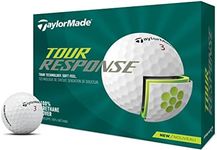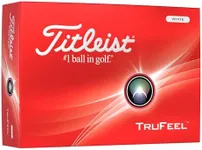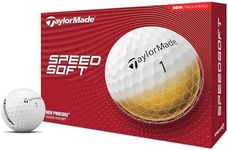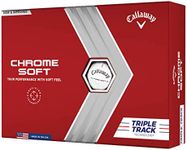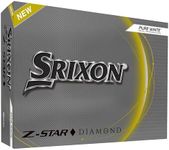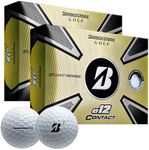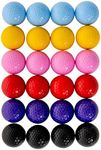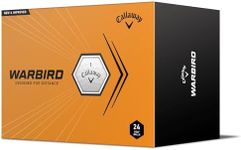Buying Guide for the Best Golf Balls For Beginners
Choosing the right golf ball can significantly impact your game, especially if you're a beginner. The right ball can help you achieve better distance, control, and overall performance. When selecting a golf ball, it's important to consider various specifications that can affect how the ball behaves during play. Understanding these specs will help you make an informed decision and find the best fit for your needs.CompressionCompression refers to how much the golf ball deforms under pressure. It's important because it affects the feel and control of the ball. Low compression balls (below 70) are softer and compress more easily, making them ideal for beginners with slower swing speeds as they can help achieve greater distance. Medium compression balls (70-90) offer a balance of distance and control, suitable for players with moderate swing speeds. High compression balls (above 90) are firmer and designed for players with faster swing speeds, providing more control and less spin. Beginners should generally opt for low to medium compression balls to maximize distance and ease of play.
Cover MaterialThe cover material of a golf ball affects its durability, feel, and spin. There are two main types: Surlyn and Urethane. Surlyn covers are more durable and provide less spin, making them a good choice for beginners who may not yet have consistent control over their shots. Urethane covers offer more spin and a softer feel, which can benefit more experienced players looking for better control around the greens. Beginners should typically start with Surlyn-covered balls for their durability and lower cost.
DimplesDimples on a golf ball are crucial for aerodynamics, affecting how the ball flies through the air. They help reduce air resistance and increase lift, allowing the ball to travel farther. The number and pattern of dimples can vary, but most golf balls have between 300 and 500 dimples. For beginners, the specific dimple pattern is less critical than ensuring the ball has a consistent and well-designed dimple pattern to aid in achieving good distance and stability in flight.
Spin RateSpin rate refers to how much the ball spins when hit. It's important because it affects the ball's trajectory and control. Low spin balls reduce side spin, helping to minimize slices and hooks, which is beneficial for beginners who may struggle with accuracy. Medium spin balls offer a balance of distance and control, while high spin balls provide more control and stopping power on the greens but can be harder to control for beginners. Beginners should look for low to medium spin balls to help keep their shots straighter and more consistent.
FeelThe feel of a golf ball is subjective and refers to how the ball feels when struck with a club. It's influenced by the ball's construction and materials. Softer balls provide a more cushioned feel and can help with control, while firmer balls offer a more solid feel and can contribute to greater distance. Beginners should try different balls to see which feel they prefer, but generally, a softer ball can help with control and confidence as they develop their skills.

